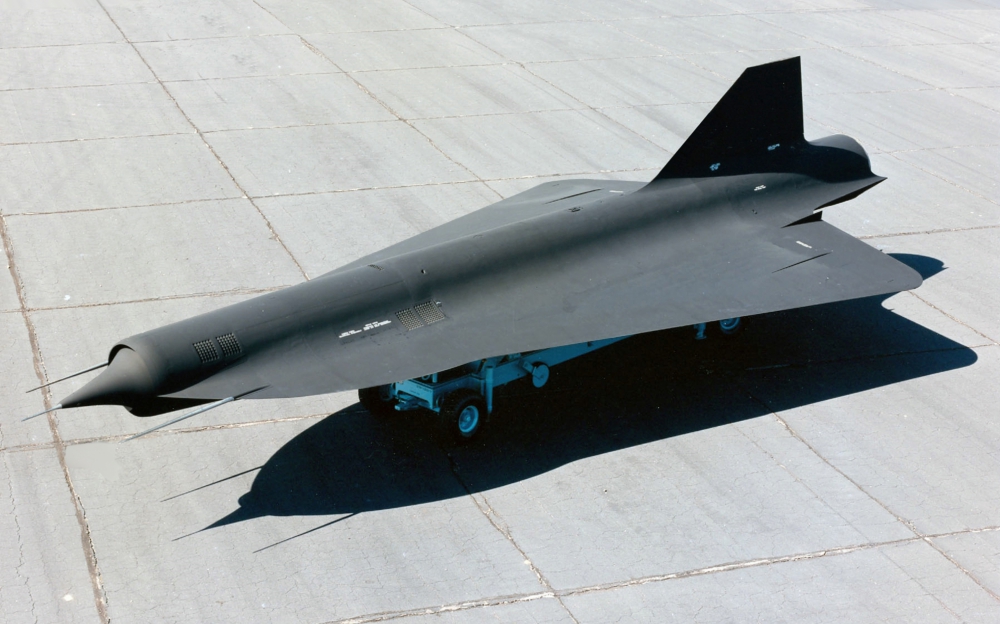In the 1960s, Lockheed engineer Kelly Johnson was given an almost impossible task by the U.S. Air Force and CIA. He needed to create a spy drone with range, speed, and altitude capabilities that could match the supersonic A-12.
The hope was that Lockheed’s Skunk Works team could build an unmanned reconnaissance aircraft unlike any other in order to replace the increasingly vulnerable U-2 spy plane. The result was the D-21. It was a ramjet with wings and a camera, built to self-destruct after its mission. Early tests were promising, but failures to execute correctly when released over China resulted in several missteps and even a Soviet clone…
The D-21 was initially designed to be launched from the back of an M-21 carrier aircraft, a variant of the Lockheed A-12 aircraft. The drone had maximum speed in excess of Mach 3.3 (2,200 miles per hour; 3,600 kilometers per hour) at an operational altitude of 90,000 feet (27,000 meters). Development began in October 1962. Originally known by the Lockheed designation Q-12, the drone was intended for reconnaissance deep into enemy airspace.
The D-21 was designed to carry a single high-resolution photographic camera over a preprogrammed path, then release the camera module into the air for retrieval, after which the drone would self-destruct.[1] Following a fatal accident when launched from an M-21, the D-21 was modified to be launched from a Boeing B-52 Stratofortress. Several test flights were made, followed by four unsuccessful operational D-21 flights over the People’s Republic of China, and the program was canceled in 1971.
Sources: YouTube; Wikipedia

